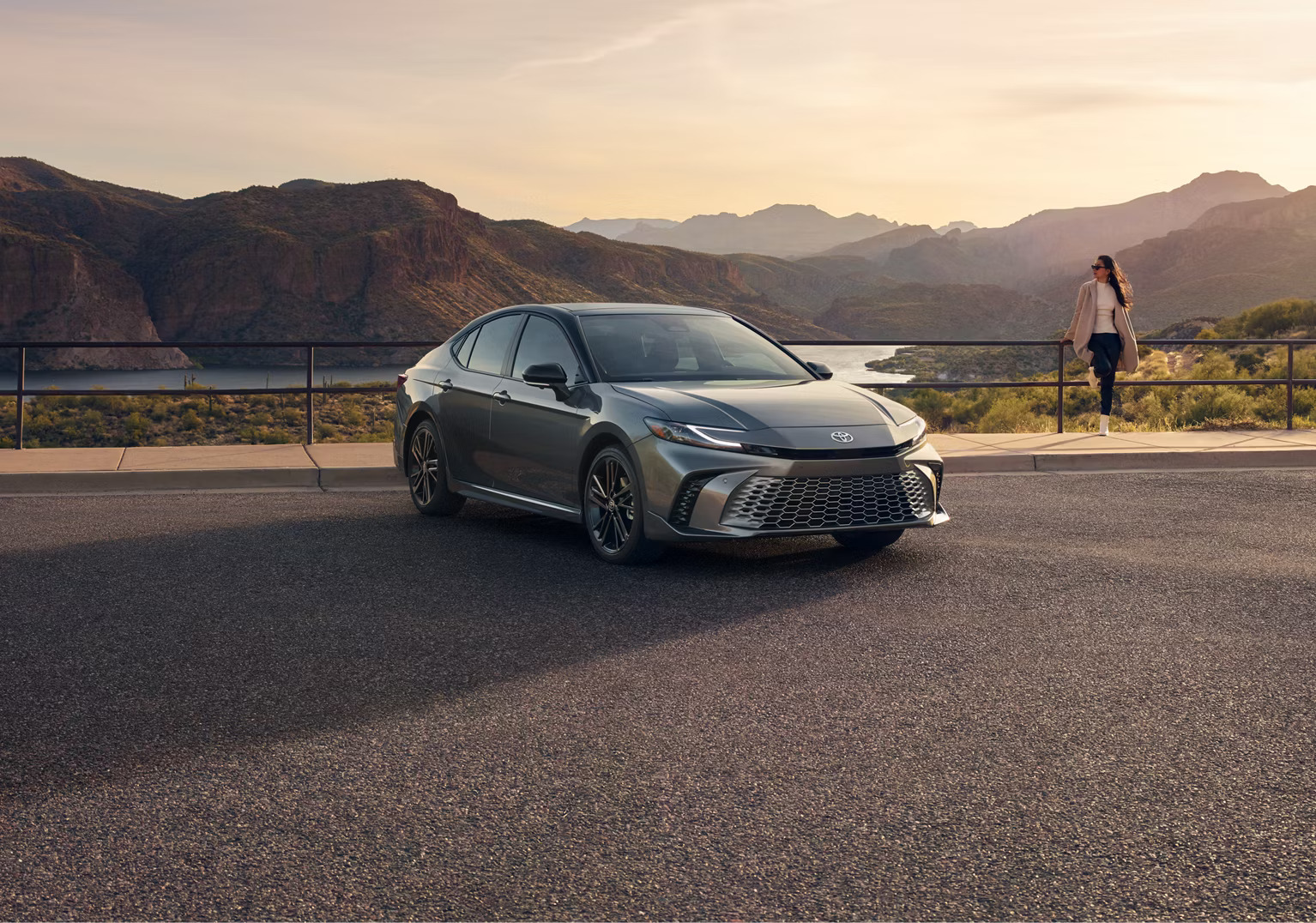Going on a safari is an exhilarating experience, offering the chance to explore wildlife and rugged terrain. However, choosing the wrong vehicle can turn an adventure into a challenge. Here’s a list of 10 cars you should avoid for a safari, as they might not be suited to the rough conditions and off-road requirements.
1. Sedans (e.g., Toyota Camry)
Sedans, like the Toyota Camry, are designed for smooth, paved roads. Their low ground clearance and limited off-road capabilities make them unsuitable for the uneven and often unpredictable terrain of a safari.
2. Luxury Sports Cars (e.g., Porsche 911)
Luxury sports cars, such as the Porsche 911, are built for speed and performance on smooth roads. Their low stance, limited suspension travel, and performance tires make them ill-equipped for the rough, unpaved paths typical of safari environments.
3. Convertibles (e.g., Mazda MX-5)
Convertibles, like the Mazda MX-5, are designed for open-air driving and are not built to handle dust, mud, or rough terrain. They also lack the necessary ground clearance and rugged features required for safari conditions.
4. Electric Vehicles (e.g., Tesla Model 3)
While electric vehicles like the Tesla Model 3 offer impressive technology and range, they may not be the best choice for safari adventures. Limited off-road capability, potential charging issues in remote areas, and lower ground clearance can be problematic.
5. Compact Cars (e.g., Honda Fit)
Compact cars such as the Honda Fit are ideal for city driving and tight spaces but lack the durability and ground clearance needed for safari trails. Their smaller size and lower suspension make them less suitable for rough, uneven terrain.
6. Station Wagons (e.g., Subaru Outback)
Although some station wagons are equipped for light off-roading, they generally lack the robust features needed for a true safari. Their lower clearance and less rugged build make them unsuitable for severe conditions.
7. Luxury Sedans (e.g., BMW 7 Series)
Luxury sedans like the BMW 7 Series are designed for comfort and smooth driving on paved roads. Their low ground clearance and sophisticated suspension systems are not suited for the harsh conditions of a safari.
8. Microcars (e.g., Smart Fortwo)
Microcars, such as the Smart Fortwo, are designed for urban driving and cannot handle off-road conditions. Their small size and minimal ground clearance make them unsuitable for the rough, uneven terrain found on safaris.
9. High-End Coupes (e.g., Audi A5)
High-end coupes like the Audi A5 offer style and performance on smooth roads but are not designed for off-road adventures. Their low clearance and sports-oriented suspension make them inadequate for safari conditions.
10. Luxury SUVs with Low Clearance (e.g., Range Rover Evoque)
While many SUVs are suitable for safari, some luxury models like the Range Rover Evoque have lower ground clearance and less rugged build compared to their more off-road-oriented counterparts. They may struggle with deep ruts and challenging terrain.
When preparing for a safari, it’s crucial to choose a vehicle designed to handle the rough terrain and unpredictable conditions. Opting for a 4×4 with high ground clearance, durable suspension, and off-road capabilities will ensure a smoother, safer adventure.











